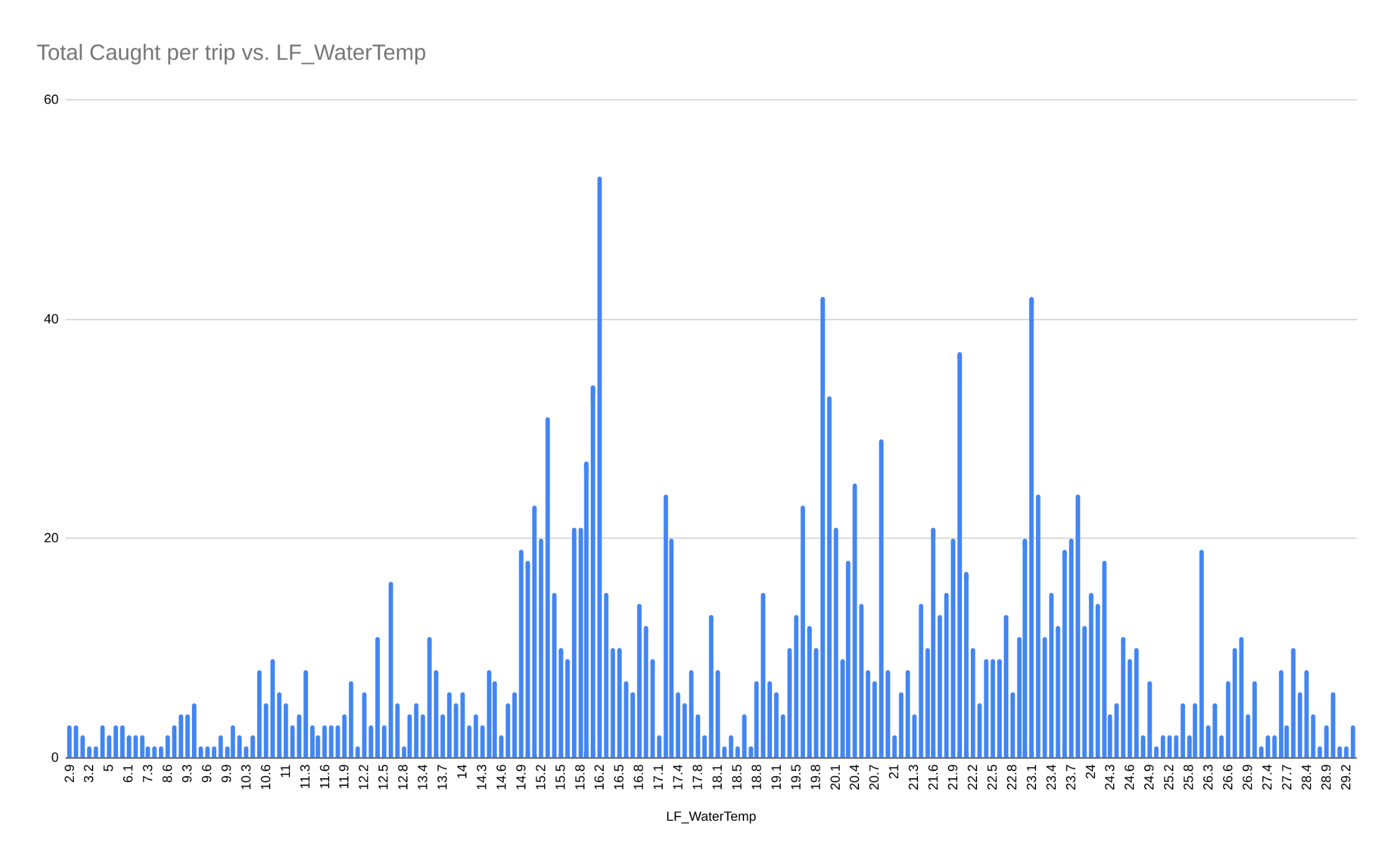FAQs
What is Fishtagged.com?
Over the past 5 years a group of DMV Potomac River anglers have tagged over 2800 smallmouth bass so we may better understand growth rates, seasonal migration, range, preferred habitat, predation and the population density from Great Falls up to Millville WV and Shepherdstown, MD. Primarily near Seneca and Point of Rocks.
How are you tagging?
We use color coded T Tags which include a 1 - 4 digit number unique to that fish. They are 3 inches long and come in various colors. The tag is inserted behind the dorsal fin so it does not adversely affect their day to day movements.
How do I read the tag?
Algae quickly grows on a tag. You may need to gently scrape the tag to read it. The tag may stay in place.
How may I participate or track my catch?
By submitting all the information in the form we are able to better monitor the population, growth rate and migratory routes. By correlating river hydrological data we are also able to better understand conditions which dictate movement and feeding vs protective modes. If you choose to share all the info requested below we will send you a photograph of the fish and details from when it was originally tagged.
How do I submit information on my recaptured fish?
Use this form to submit tagged data or text the info to 240-812-9799.
Photo of tagged fish (required)
Tag number (required)
Tag color (not required)
Date and time recaptured (required)
Location (not required)
Contact info (not required)
Additional notes (not required)
What if I have tag data from a fish caught in previous years?
Please submit the data. This is one of the most important elements of archiving data.
What have we learned so far?
Over 2800 fish have been tagged so far, and our recapture rate is 15%. Many have been recaptured a third and fourth time.
After 4 years of lower than normal streamflow has helped increase the smallmouth population substantially.
Bass traveled over 40 river miles in less than a season. Enter tags 798 or 756 to see examples of how far they traveled.
Growth rates for 10-16 inch fish are 1-2 inches per year.
While we consider smallmouth bass a predator, the rapidly increasing population also serves as prey for many species above and below the water's surface.
Smaller fish tend to school together towards the first of May and become more resident-like.
Below are sample graphs from the information we have gathered so far. The they provide insights on the populations and serve as ideal conditions indicator.



